Home>Articles>How To Keep An Elder From Repeatedly Turning On Gas Stove Burners
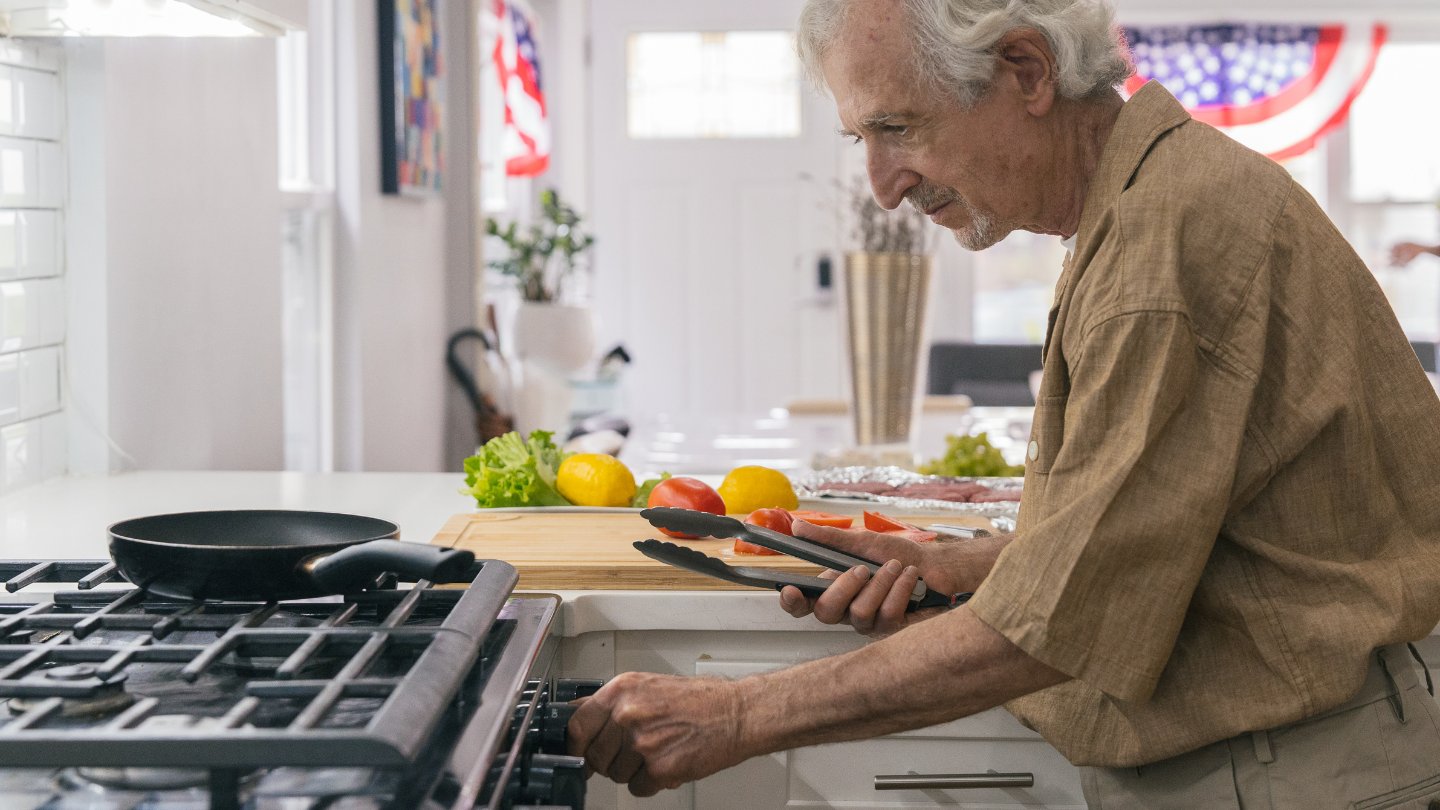

Articles
How To Keep An Elder From Repeatedly Turning On Gas Stove Burners
Modified: October 27, 2024
Discover effective methods to prevent an elderly person from accidentally turning on gas stove burners with these insightful articles.
(Many of the links in this article redirect to a specific reviewed product. Your purchase of these products through affiliate links helps to generate commission for Storables.com, at no extra cost. Learn more)
Introduction
As our loved ones age, their safety and well-being become our utmost priority. One common concern faced by many families is the repeated turning on of gas stove burners by elderly individuals. This behavior can pose significant risks such as gas leaks, fire hazards, and potential injuries. It is crucial to address this issue promptly and implement appropriate safety measures to ensure the well-being of our elders.
In order to effectively tackle this issue, it is essential to understand the underlying causes that drive this behavior. With a comprehensive understanding, we can then implement the necessary strategies to minimize the risks associated with gas stove burner mishaps. From physical modifications to behavioral interventions, there are several approaches that can be explored to protect your loved one from potential harm.
This article aims to provide guidance on how to keep an elder from repeatedly turning on gas stove burners. By following the recommendations and implementing the appropriate safety measures, you can create a safe environment for your elderly family member and enjoy peace of mind.
Key Takeaways:
- Understanding the underlying causes, such as cognitive decline and routine habits, is crucial in implementing effective safety measures to prevent elders from repeatedly turning on gas stove burners.
- Combining physical modifications, behavioral interventions, and seeking professional help creates a comprehensive approach to ensure the safety and well-being of elderly loved ones in the kitchen.
Read more: How To Adjust Gas Stove Burners
Understanding the Concern
Before we delve into the solutions, it is important to understand the concern surrounding the repeated turning on of gas stove burners by elders. This behavior can be attributed to several factors, including cognitive decline, memory loss, confusion, and even the desire for familiarity and routine.
Elderly individuals may experience cognitive decline as a natural part of aging or due to conditions such as dementia or Alzheimer’s disease. This decline can affect their ability to remember and comprehend instructions, leading to difficulties in operating household appliances responsibly.
Confusion is another common factor contributing to this concern. Elders may become disoriented or forgetful, leading them to mistakenly believe they have not turned off the burners after use. As a result, they may repeatedly turn them on as a way to correct what they perceive as a mistake.
Familiarity and routine can also play a role in this behavior. Many elders have spent a significant part of their lives cooking and using gas stoves. This familiarity with gas stoves may lead them to instinctively reach for the burner knobs, even when there is no intention to cook. The routine of using the stove may manifest as a habitual action, independent of the actual need to use it.
It is essential to approach this concern with empathy and understanding. Remember that elders engaging in this behavior may be unaware of the potential dangers associated with the repeated turning on of gas stove burners. As caregivers, our primary goal is to protect their safety and well-being while respecting their dignity and independence.
With this understanding in mind, we can now explore the various causes and risk factors associated with this behavior and work towards implementing effective safety measures.
Identifying the Causes
Identifying the causes behind the repeated turning on of gas stove burners by elders is crucial in order to address the issue effectively. By understanding the underlying factors, we can develop strategies that cater to the specific needs and circumstances of our loved ones.
1. Cognitive Decline: Cognitive decline is a common cause of this behavior. As elders age, their cognitive abilities may diminish, affecting their memory, decision-making, and problem-solving skills. They may forget that they have already turned off the burner or become confused about the proper usage of the stove.
2. Memory Loss: Memory loss is closely linked to cognitive decline. Elders may have difficulty recalling recent events, which includes forgetting whether they have turned off the gas stove burners. This can lead to repeated attempts to turn off the burners, resulting in potential safety hazards.
3. Confusion and Disorientation: Elders may experience confusion or disorientation due to various factors, including medical conditions such as dementia or Alzheimer’s disease. This confusion can cause them to doubt whether they have turned off the burners, leading to repeated attempts to correct what they perceive as a mistake.
4. Habits and Routine: Elders who have spent most of their lives cooking and using gas stoves may develop habitual actions and routines. This can lead to instinctively reaching for the burner knobs, even when there is no intention to cook. The routine of using the stove becomes deeply ingrained in their daily lives, making it difficult to break the habit.
5. Fear of Forgetting: Some elders may be aware of their memory and cognitive decline. They may fear forgetting to turn off the burners, which can result in safety hazards. In an attempt to prevent accidents, they may repeatedly check and turn off the burners, seeking reassurance.
Identifying these causes can help us develop targeted strategies and interventions to prevent the repeated turning on of gas stove burners. By addressing these underlying factors, we can create a safer environment for our elders and minimize potential risks. In the next section, we will explore the risks associated with this behavior and the importance of implementing appropriate safety measures.
Assessing the Risks
When it comes to the repeated turning on of gas stove burners by elders, there are several risks that need to be considered. These risks can have serious consequences for both the elder and their living environment. Understanding and assessing these risks is crucial in order to prioritize and implement effective safety measures.
1. Gas Leaks: One of the major risks associated with this behavior is the potential for gas leaks. If an elder repeatedly turns on the gas stove burners and forgets to turn them off, it can result in a gradual buildup of gas in the kitchen. This can lead to a gas leak, increasing the risk of explosions or suffocation due to high levels of gas in the environment.
2. Fire Hazards: If the gas stove burners are left unattended or turned on accidentally, it can result in fire hazards. A forgotten flame can ignite nearby flammable objects or cause a kitchen fire, endangering the elder, as well as the entire household.
3. Burns and injuries: Elders may accidentally come into contact with hot burners when repeatedly turning them on or attempting to turn them off. This can lead to burns and injuries, especially if they have decreased mobility or impaired reflexes, making it difficult for them to avoid contact with the hot surfaces.
4. Property Damage: In addition to the risks to personal safety, the repeated turning on of gas stove burners can cause property damage. Accidental fires can result in extensive damage to the kitchen and other parts of the house, leading to costly repairs and emotional stress.
5. Emotional Distress: The repeated turning on of gas stove burners can also cause emotional distress for both the elder and their family members. Elders may feel frustrated or confused about their inability to remember or perform simple tasks, while family members may experience anxiety and concern for their loved one’s safety.
Assessing these risks is essential in order to prioritize safety measures. By understanding the potential consequences of the repeated turning on of gas stove burners, we can take the necessary steps to mitigate these risks and create a safer living environment for our elderly loved ones. In the next section, we will explore various safety measures that can be implemented to address this concern effectively.
Implementing Safety Measures
When it comes to addressing the concern of elders repeatedly turning on gas stove burners, implementing appropriate safety measures is crucial to ensure their well-being and minimize risks. There are several strategies and interventions that can be employed to create a safe environment for our loved ones. Let’s explore some of these safety measures:
1. Physical Modifications:
- Install stove knob covers or guards to make it difficult for elders to access and turn on the burners without assistance.
- Consider installing a stove with an automatic shut-off feature that detects inactivity and turns off the burners after a certain period of time.
- Place clearly visible labels or reminders near the stove to remind the elder to turn off the burners after use.
2. Behavioral Interventions:
- Engage in open and honest communication with the elder about the potential risks and dangers associated with the repeated turning on of gas stove burners. Educate them about the importance of safety and the need to be cautious.
- Establish a routine where a family member or caregiver assists the elder in using the stove and ensures that the burners are turned off after use.
- Encourage the use of alternative cooking methods that do not involve gas stoves, such as electric cookers or microwave ovens.
3. Seeking Professional Help:
- Consult with a healthcare professional or a specialist in geriatric care to assess the elder’s cognitive abilities and determine if there are any underlying medical conditions contributing to the behavior.
- Explore the option of home monitoring systems that can alert caregivers or family members if the gas stove is left unattended or turned on for an extended period of time.
- Consider enrolling the elder in programs or services that offer supervision and assistance with everyday tasks, including meal preparation, to ensure their safety.
It is important to customize these safety measures based on the specific needs and abilities of the elder. Regularly reassess the effectiveness of the implemented measures and make necessary adjustments as required. Additionally, maintaining a supportive and understanding environment is crucial to help the elder feel safe and secure.
By implementing these safety measures and taking a proactive approach, we can protect our elderly loved ones from the potential risks associated with the repeated turning on of gas stove burners. However, it is important to acknowledge that every situation is unique, and seeking advice from professionals can provide valuable insights and assistance in addressing this concern effectively.
Install stove knob covers to prevent an elder from turning on the gas stove burners accidentally. These covers can be easily installed and removed when needed.
Read more: How To Fix Gas Stove Burners
Physical Modifications
Physical modifications play a crucial role in preventing the repeated turning on of gas stove burners by elders. These modifications help create a safer environment and reduce the risk of accidents. There are various options available to implement physical modifications that cater to the specific needs and abilities of the individual. Let’s explore some of the commonly used physical modifications:
1. Stove Knob Covers or Guards:
Install stove knob covers or guards to make it difficult for elders to access and turn on the burners without assistance. These covers or guards act as a physical barrier, preventing accidental or unauthorized use of the stove. They can be easily installed and provide an additional layer of safety.
2. Automatic Shut-off Features:
Consider replacing the current gas stove with one that has an automatic shut-off feature. This feature detects inactivity and turns off the burners after a certain period of time. This is particularly helpful if the elder has a tendency to forget to turn off the burners. The automatic shut-off feature provides an extra level of protection and reduces the risk of gas leaks or fire hazards.
3. Visible Labels or Reminders:
Place clearly visible labels or reminders near the stove to remind the elder to turn off the burners after use. These labels can include simple instructions or visual cues to prompt the elder to check and ensure that the burners are turned off. Having a constant visual reminder can help minimize the chances of accidental or repeated turning on of the gas stove burners.
4. Gas Shut-off Valve:
Install a gas shut-off valve near the stove as an additional safety measure. This valve can be easily accessible and can act as a manual override to shut off the gas supply to the stove when not in use. This provides an extra layer of protection, especially if the elder tends to repeatedly turn on the burners and forget to turn them off.
5. Adequate Lighting and Clear Markings:
Ensure that the kitchen area is well-lit to enhance visibility. Adequate lighting helps the elder identify the status of the burners more easily. Additionally, clear and visible markings on the stove knobs or controls can help the elder differentiate between “on” and “off” positions, reducing confusion and minimizing the chances of accidental or repeated turning on.
It is important to consider the specific needs and limitations of the elder when implementing physical modifications. Consult with professionals or seek guidance from experts in home safety to ensure that the modifications comply with safety standards and are suitable for the individual’s unique circumstances.
Remember, physical modifications are just one facet of a comprehensive approach to prevent the repeated turning on of gas stove burners. It is crucial to combine these modifications with behavioral interventions and support from caregivers to create a safe and secure environment for our elderly loved ones.
Behavioral Interventions
Behavioral interventions are essential in addressing the concern of elders repeatedly turning on gas stove burners. These interventions focus on modifying behavior and promoting safe practices to minimize risks and ensure the well-being of the elder. By implementing behavioral interventions, we can create a safer living environment. Here are some effective strategies:
1. Open Communication and Education:
Engage in open and honest communication with the elder about the potential risks and dangers associated with the repeated turning on of gas stove burners. Explain the importance of safety and the need to be cautious. Encourage them to ask questions and express any concerns they may have. Providing education and raising awareness about the potential consequences can be an effective way to promote safe practices.
2. Establish Clear Routines:
Establish a routine where a family member or caregiver assists the elder in using the stove and ensures that the burners are turned off after use. By incorporating this routine into their daily activities, it becomes a reliable and consistent practice. Clear instructions and reminders can be given to the elder, emphasizing the importance of turning off the burners once they have finished cooking or using the stove.
3. Alternative Cooking Methods:
Encourage the use of alternative cooking methods that do not involve gas stoves. This reduces the reliance on the stove and decreases the likelihood of accidental or repeated turning on of the burners. Electric cookers, microwave ovens, slow cookers, or toaster ovens are safer options that can be explored. Provide assistance and support in learning and adapting to these alternative methods.
4. Supervision and Assistance:
Offer constant supervision or assistance during meal preparation and cooking. Being present in the kitchen allows you to monitor and intervene if the elder attempts to turn on the burners without a valid reason. Offer guidance and support, and be available to step in and ensure the proper use of the stove. This can help minimize the chances of accidents and reinforce safe practices.
5. Reminders and Visual Cues:
Utilize visual cues and reminders to prompt the elder to check and ensure that the burners are turned off. This can include placing clear signs near the stove, using timer devices, or setting up digital reminders on electronic devices. These visual cues serve as gentle reminders and reinforce the habit of always checking and turning off the burners.
Remember, behavioral interventions require patience, understanding, and consistency. It may take time for the elder to adjust to new routines and ways of doing things. Be supportive and encouraging throughout the process, and celebrate any progress made. By combining behavioral interventions with physical modifications and other safety measures, a comprehensive approach can be achieved to minimize the risk of accidents and create a safe kitchen environment for our elderly loved ones.
Seeking Professional Help
When dealing with the repeated turning on of gas stove burners by elders, seeking professional help can provide valuable guidance and support. Healthcare professionals or specialists in geriatric care can offer insights into the underlying causes of the behavior and suggest appropriate interventions. Here are some key aspects to consider when seeking professional help:
1. Healthcare Assessment:
Consult with a healthcare professional to assess the elder’s cognitive abilities and determine if there are any underlying medical conditions contributing to the behavior. By conducting a thorough assessment, they can identify any cognitive impairments or memory-related issues that may be affecting the elder’s ability to use the stove safely. This assessment can guide the development of a personalized care plan to address the concerns effectively.
Consider having a professional conduct a home safety evaluation. They will assess the overall safety of the living environment, including the kitchen and gas stove area. They can provide recommendations on physical modifications, safety equipment, and other measures to ensure the elder’s safety. This evaluation can help identify potential hazards and suggest specific modifications tailored to the elder’s needs and abilities.
3. Home Monitoring Systems:
Explore the option of using home monitoring systems designed to enhance the safety of elders. These systems can include features such as stove or gas shut-off sensors that detect inactivity or gas leaks, and automatically alert caregivers or family members. Home monitoring systems can provide an additional layer of security and peace of mind, especially for those who are unable to be present at all times.
4. Caregiver Support and Education:
Seek support and education for caregivers or family members. Professionals can offer guidance on how to effectively manage the behavior, address safety concerns, and cope with the challenges associated with caring for an elder with cognitive decline. They can provide strategies, resources, and emotional support to enhance the caregiving experience and promote the well-being of both the elder and the caregiver.
5. Community Programs and Services:
Explore community programs or services that offer supervision and assistance for elders with memory impairments. These programs can provide a safe and supportive environment where meal preparation and cooking activities are supervised by trained professionals. This can alleviate the burden on family members and ensure the elder’s safety and well-being.
Remember, seeking professional help is an important step towards ensuring the safety of your loved one. Professionals have the expertise and knowledge to provide personalized recommendations and support that cater to the unique needs of the elder. By working collaboratively with healthcare professionals, caregivers can gain valuable insights and implement effective strategies to address the repeated turning on of gas stove burners.
Ultimately, the goal is to ensure the safety and well-being of the elder while respecting their autonomy and promoting their independence as much as possible.
Conclusion
Addressing the concern of elders repeatedly turning on gas stove burners requires a comprehensive approach that combines understanding, safety measures, and support. By acknowledging the underlying causes and assessing the associated risks, we can implement effective strategies to promote the well-being of our elderly loved ones.
Understanding the concern allows us to approach the situation with empathy and compassion. Cognitive decline, memory loss, confusion, and familiarity with routine can contribute to the behavior. It is essential to create a safe environment while respecting the dignity and independence of the elder.
Implementing physical modifications, such as stove knob covers, automatic shut-off features, visible reminders, and adequate lighting, enhances kitchen safety and reduces the risk of accidents. These physical modifications provide barriers and cues that promote proper usage of the gas stove.
In addition to physical modifications, behavioral interventions play a crucial role in preventing the repeated turning on of gas stove burners. Open communication, clear routines, alternative cooking methods, reminders, and supervision promote safe practices and minimize risks. These interventions reshape behavior and encourage responsible use of the stove.
Seeking professional help can provide valuable insights and support. Healthcare professionals can assess cognitive abilities, conduct home safety evaluations, and offer caregiver education. Home monitoring systems and community programs can enhance safety and provide additional support for both the elder and the caregiver.
By combining these approaches, we create a safer living environment for our elderly loved ones. It is important to remember that each situation is unique, and the strategies employed should be tailored to the specific needs and abilities of the elder. Regular reassessment and adjustments may be necessary to ensure continued safety and well-being.
In conclusion, by understanding the concern, identifying the causes, assessing the risks, implementing safety measures, and seeking professional help, we can effectively address the repeated turning on of gas stove burners by elders. Through proactive measures and a supportive environment, we can keep our loved ones safe while promoting their independence and quality of life.
Frequently Asked Questions about How To Keep An Elder From Repeatedly Turning On Gas Stove Burners
Was this page helpful?
At Storables.com, we guarantee accurate and reliable information. Our content, validated by Expert Board Contributors, is crafted following stringent Editorial Policies. We're committed to providing you with well-researched, expert-backed insights for all your informational needs.

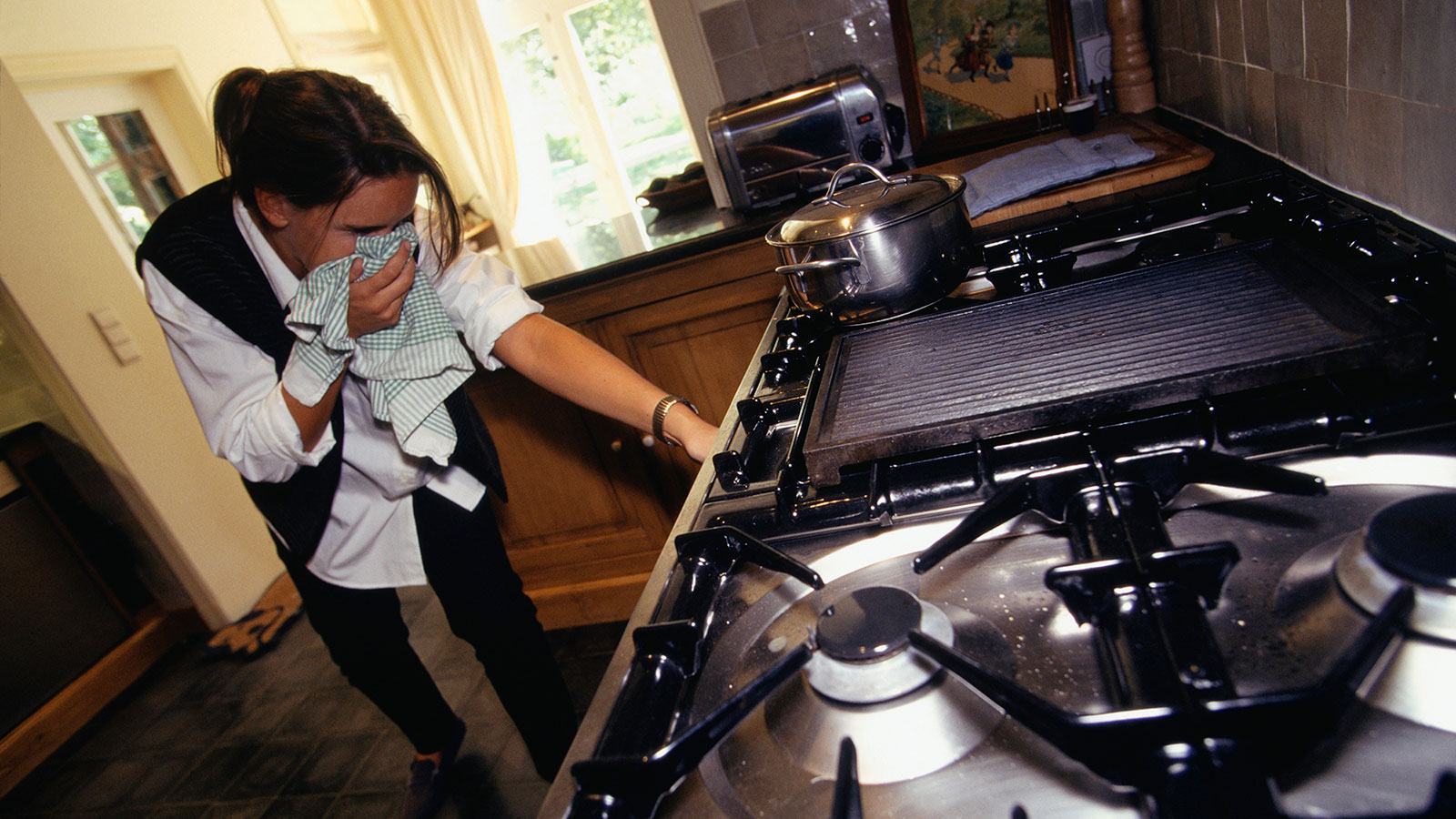



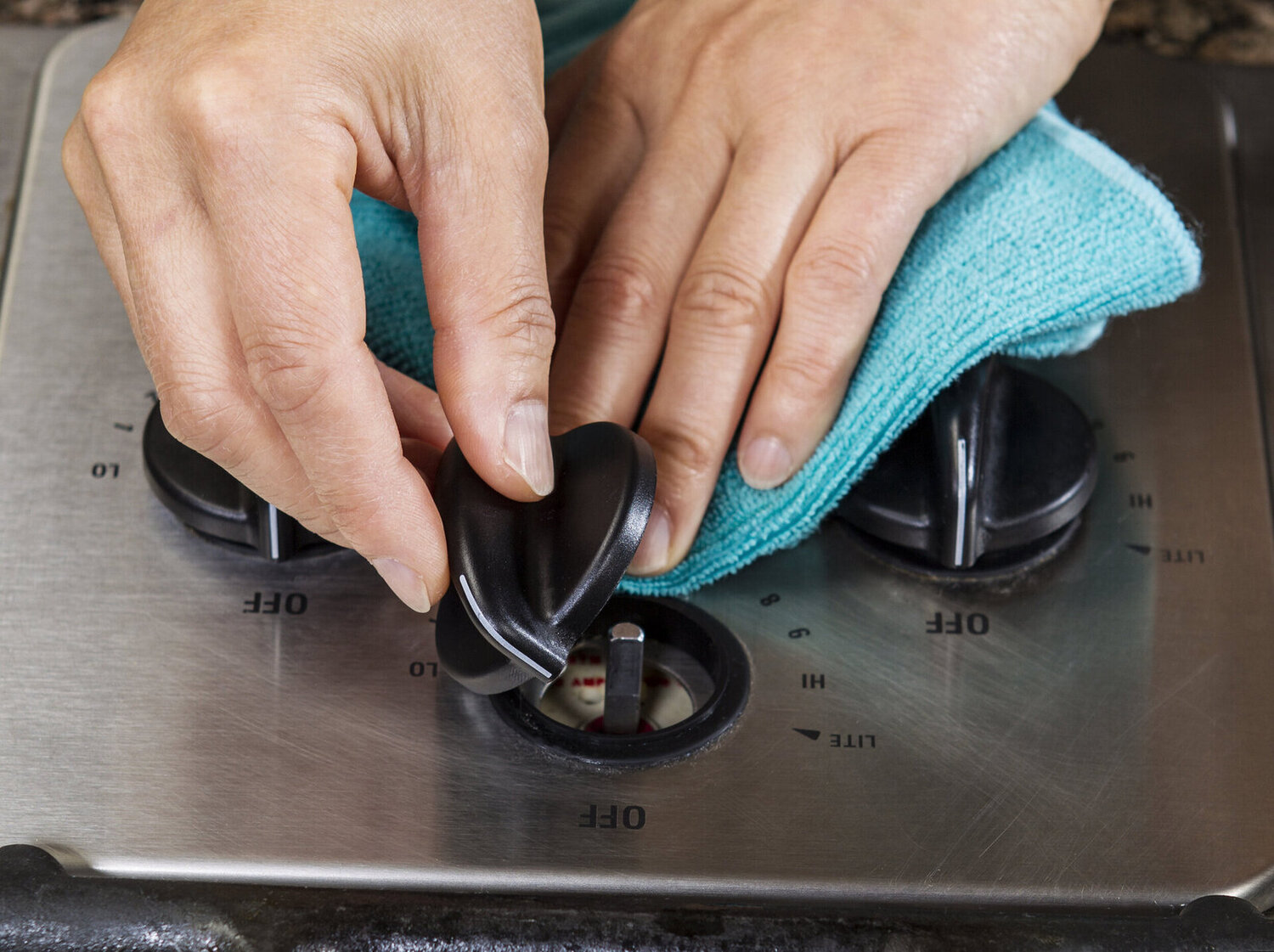
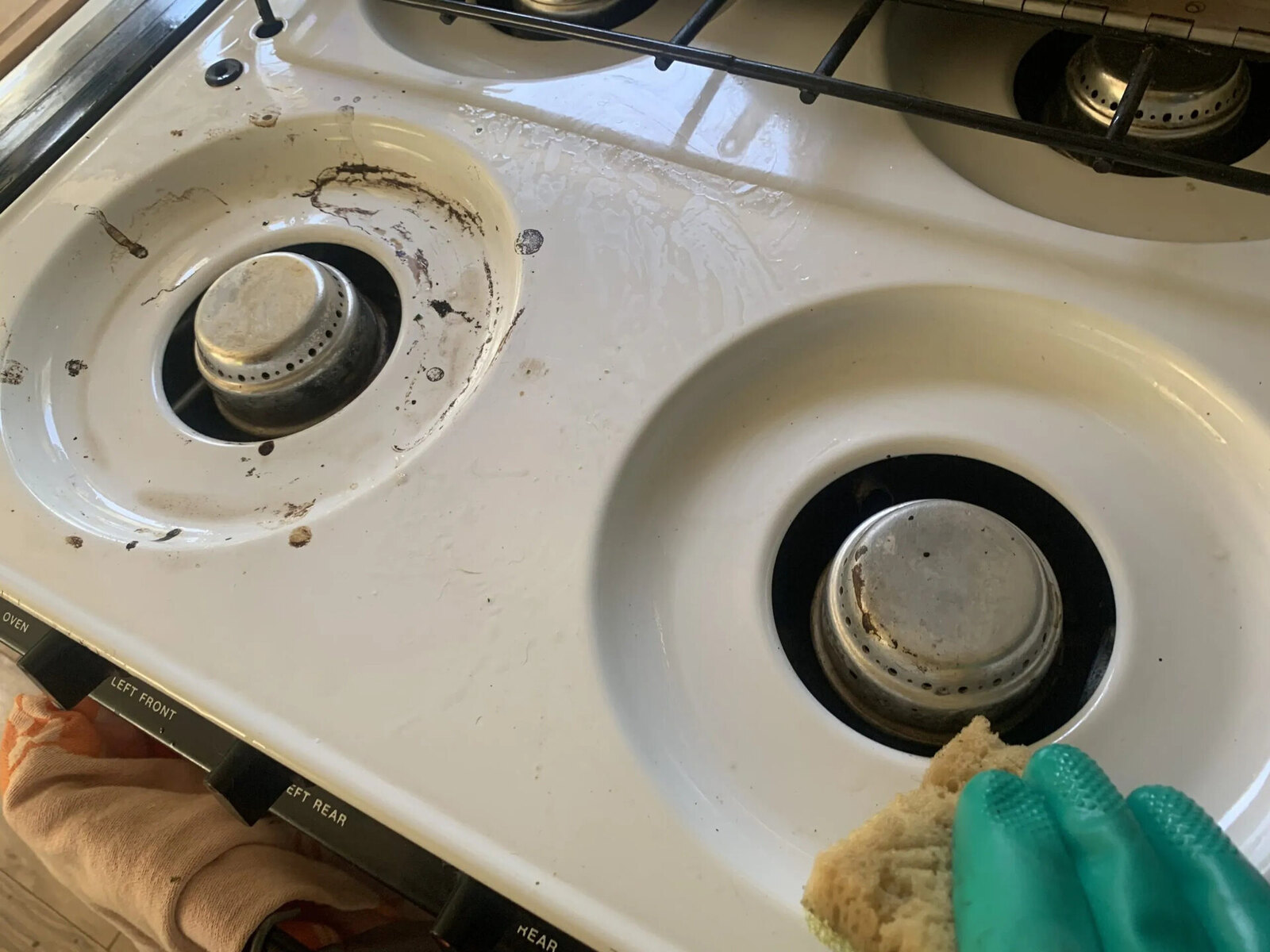


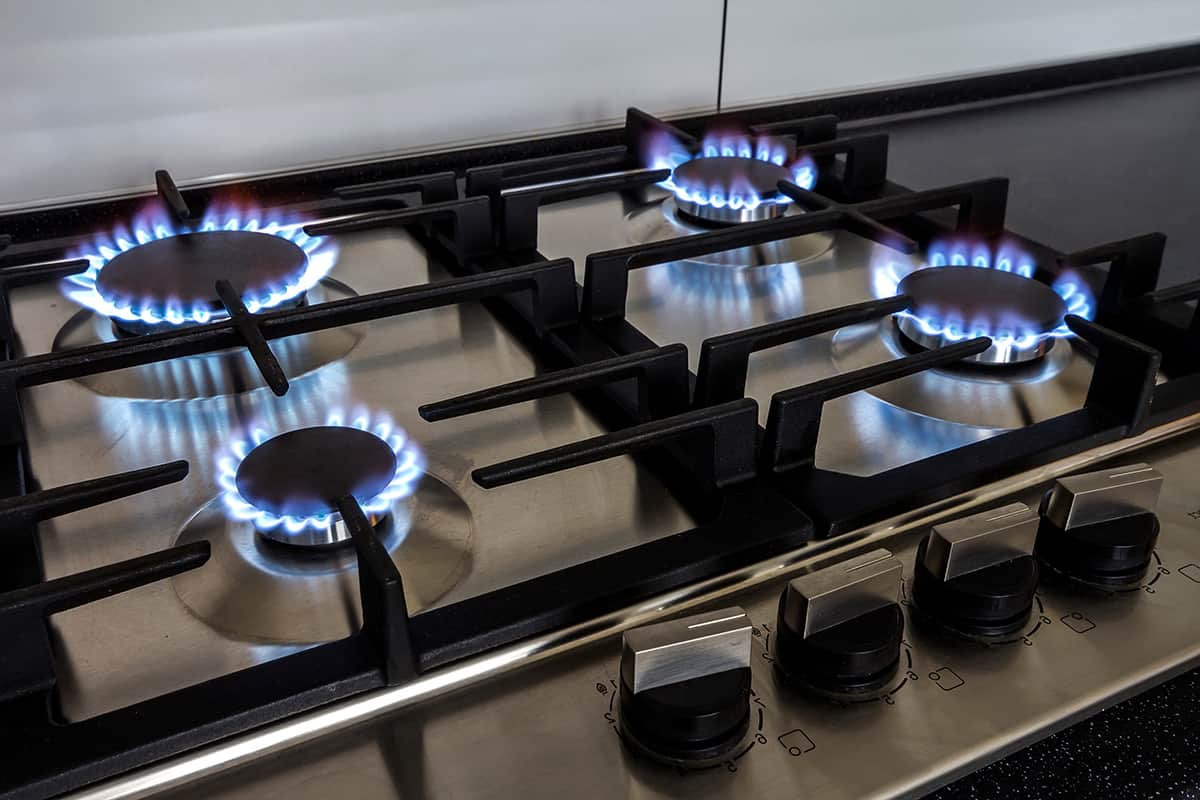

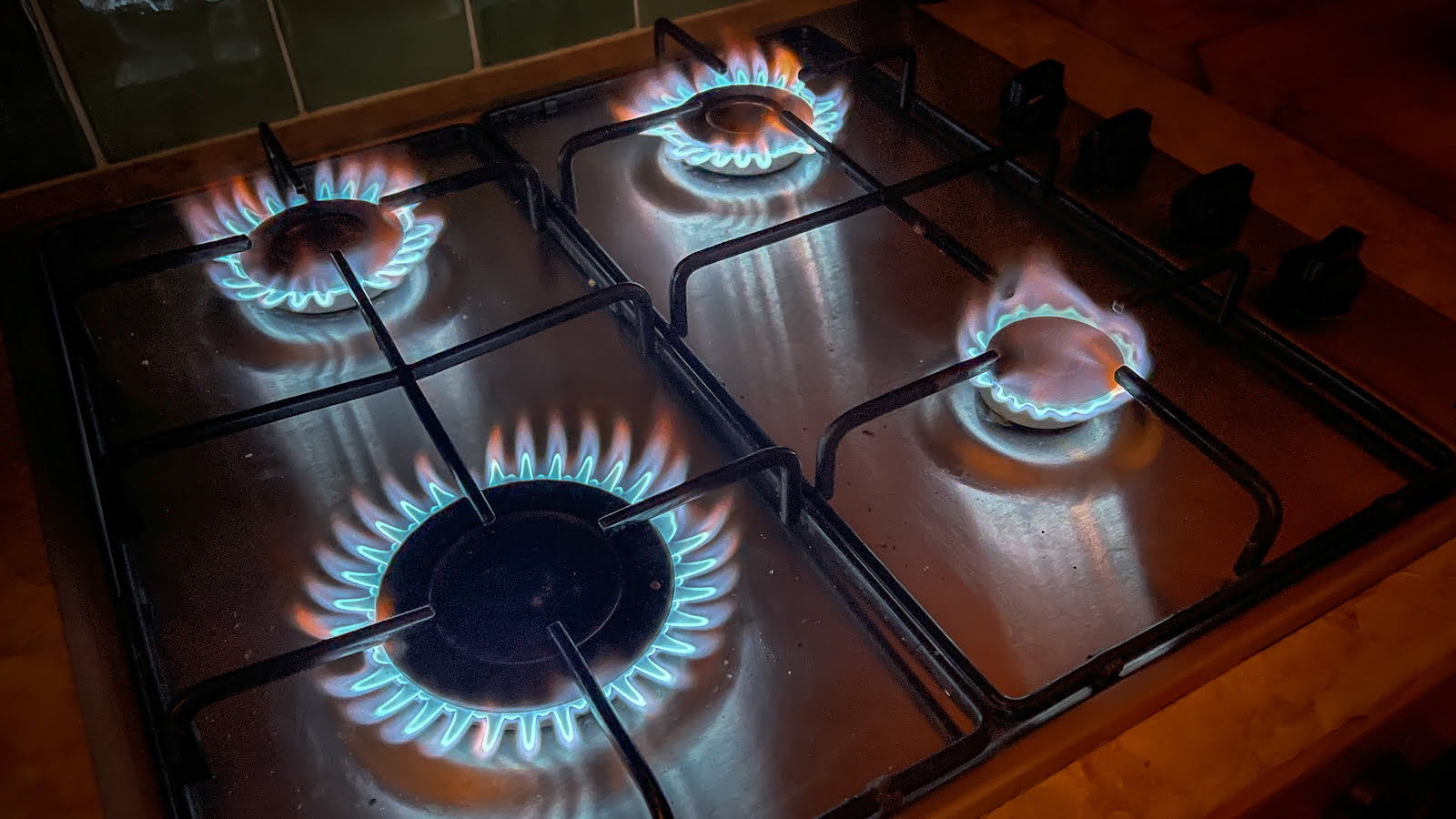
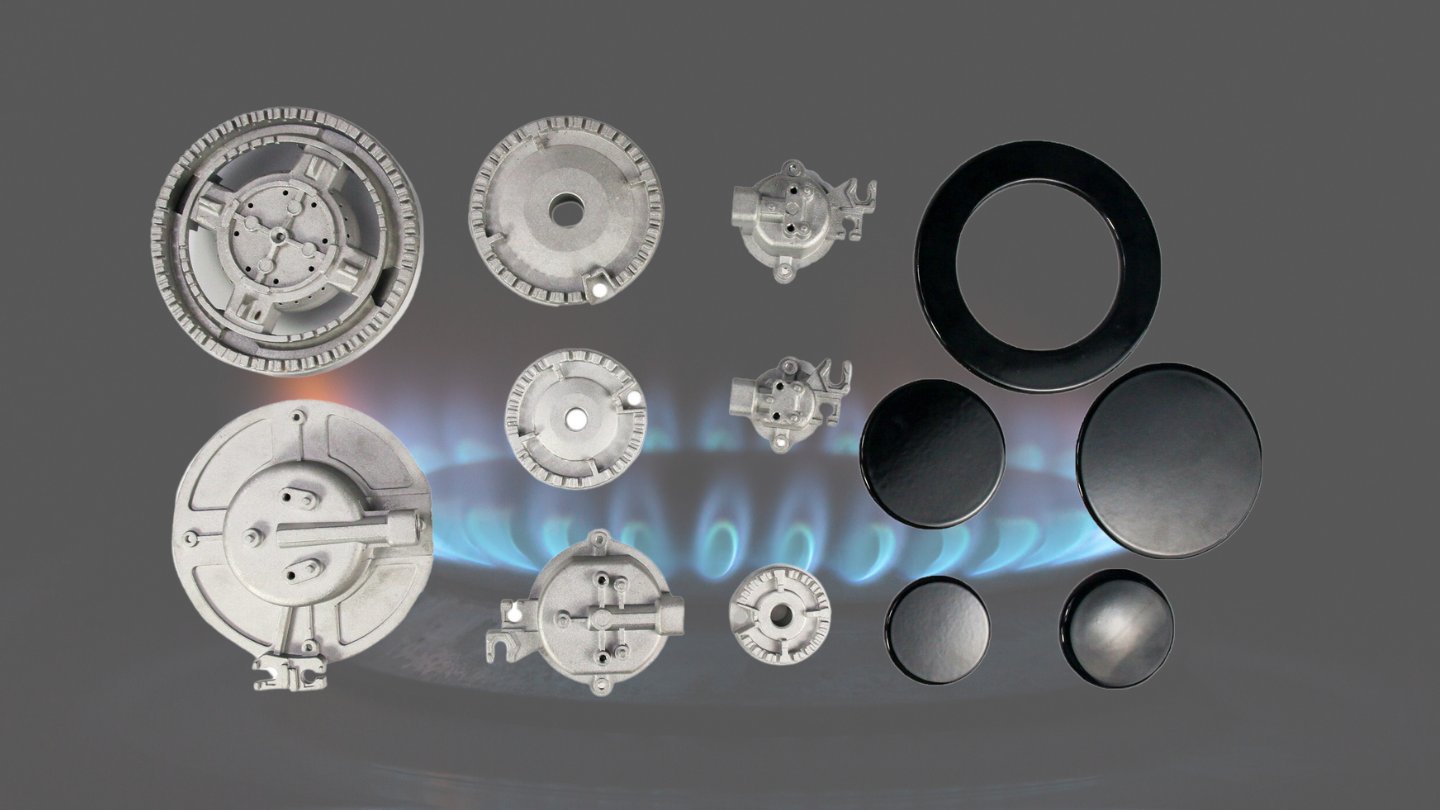
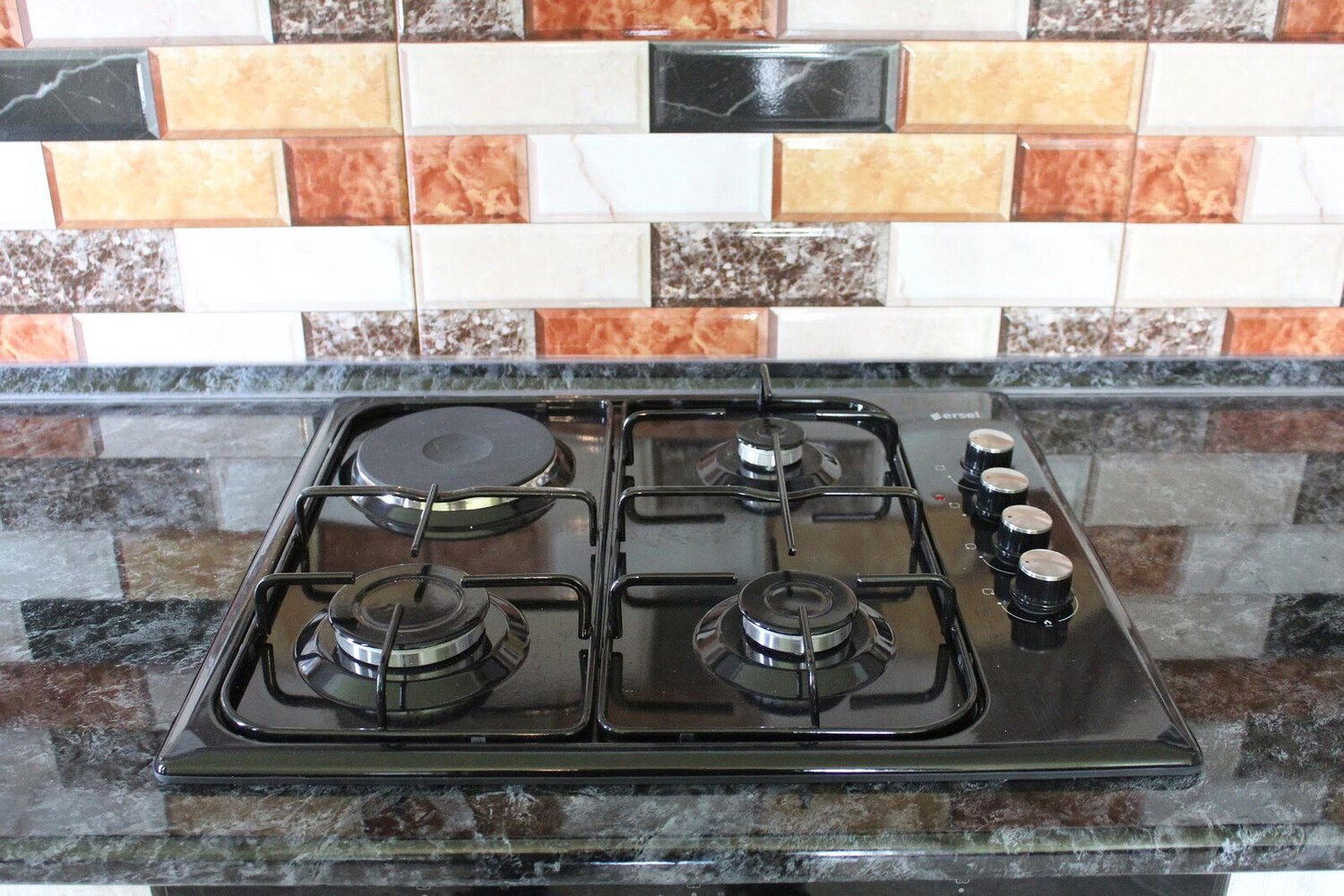

0 thoughts on “How To Keep An Elder From Repeatedly Turning On Gas Stove Burners”